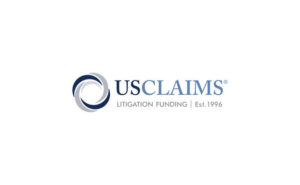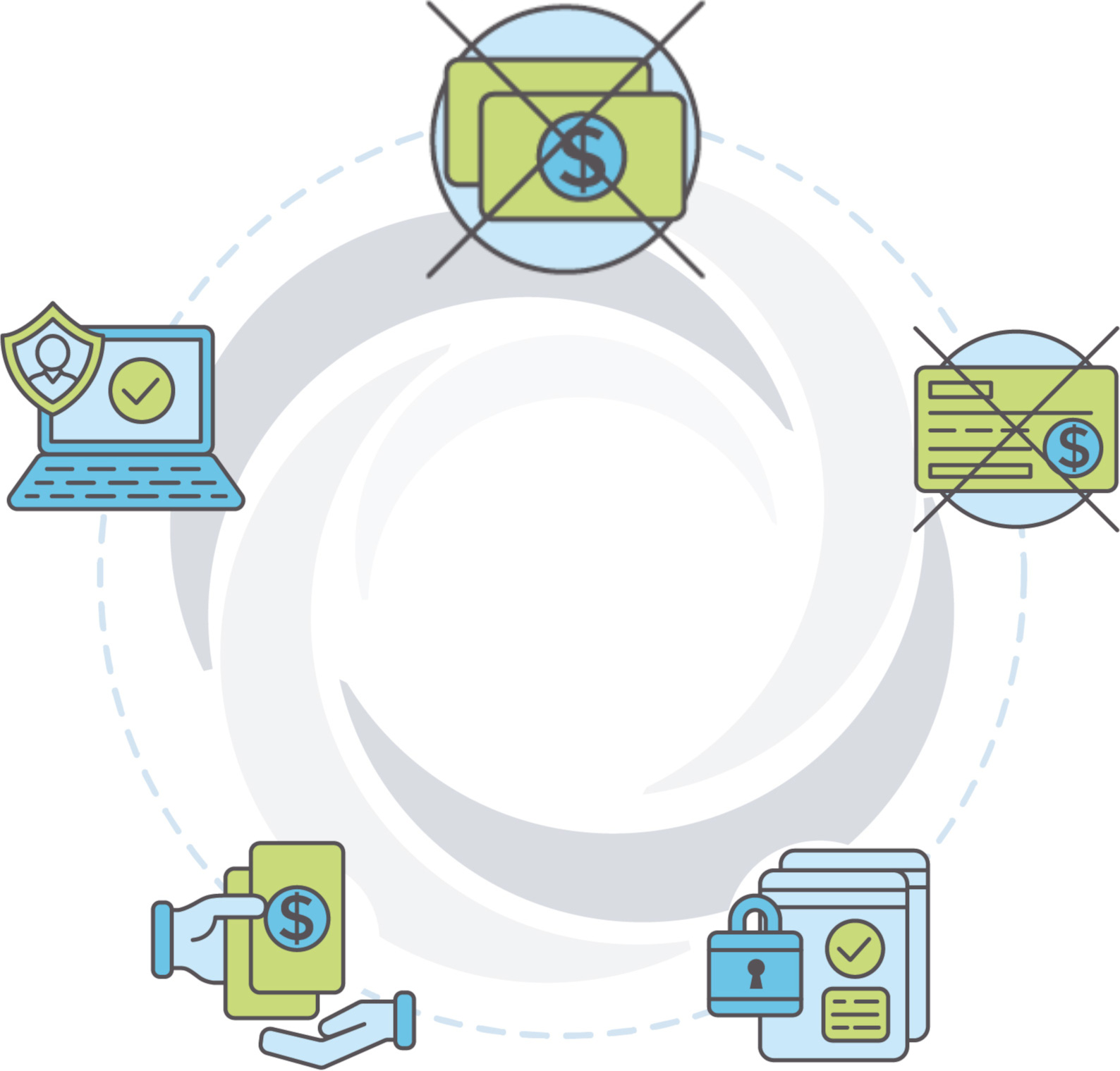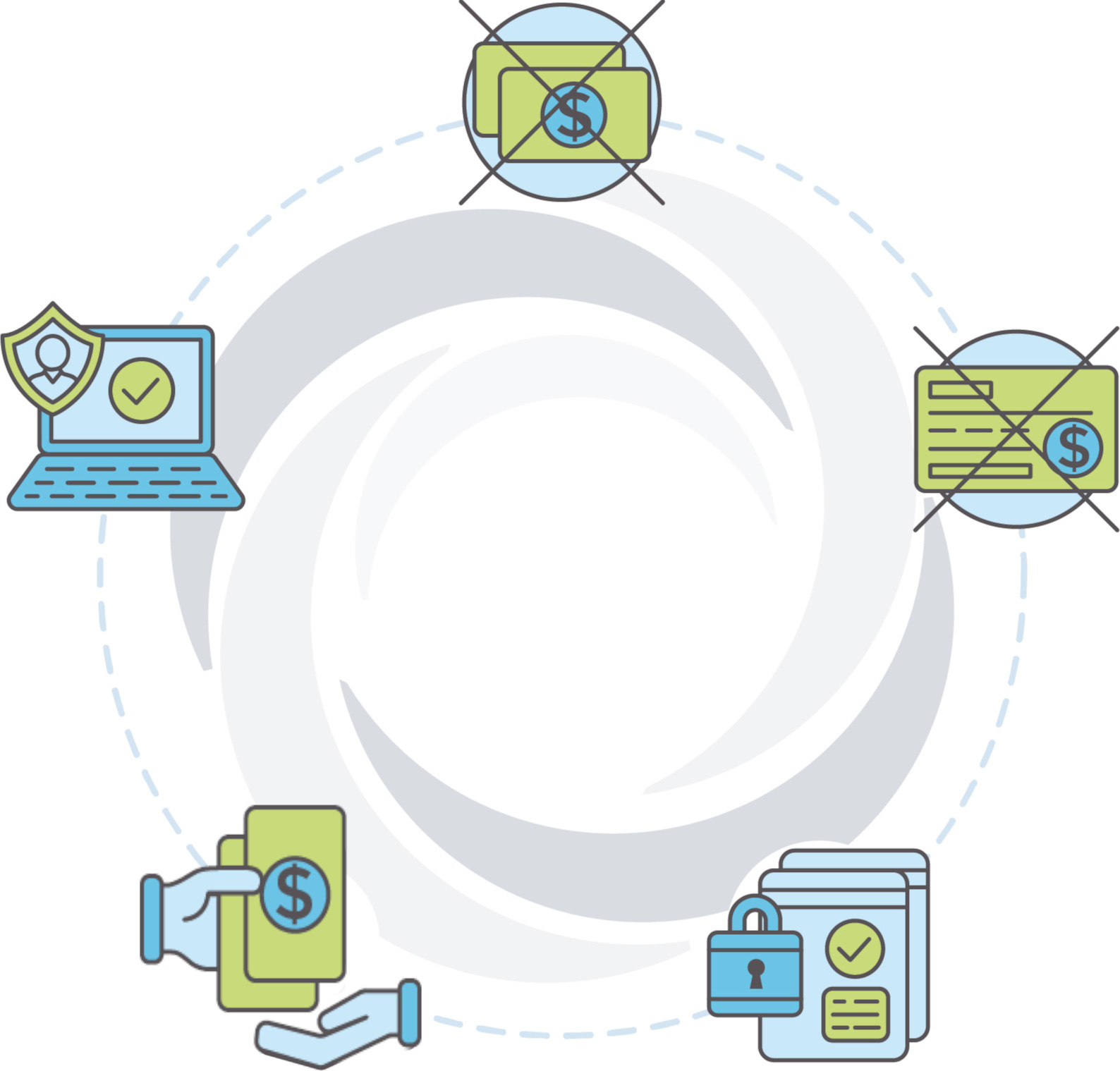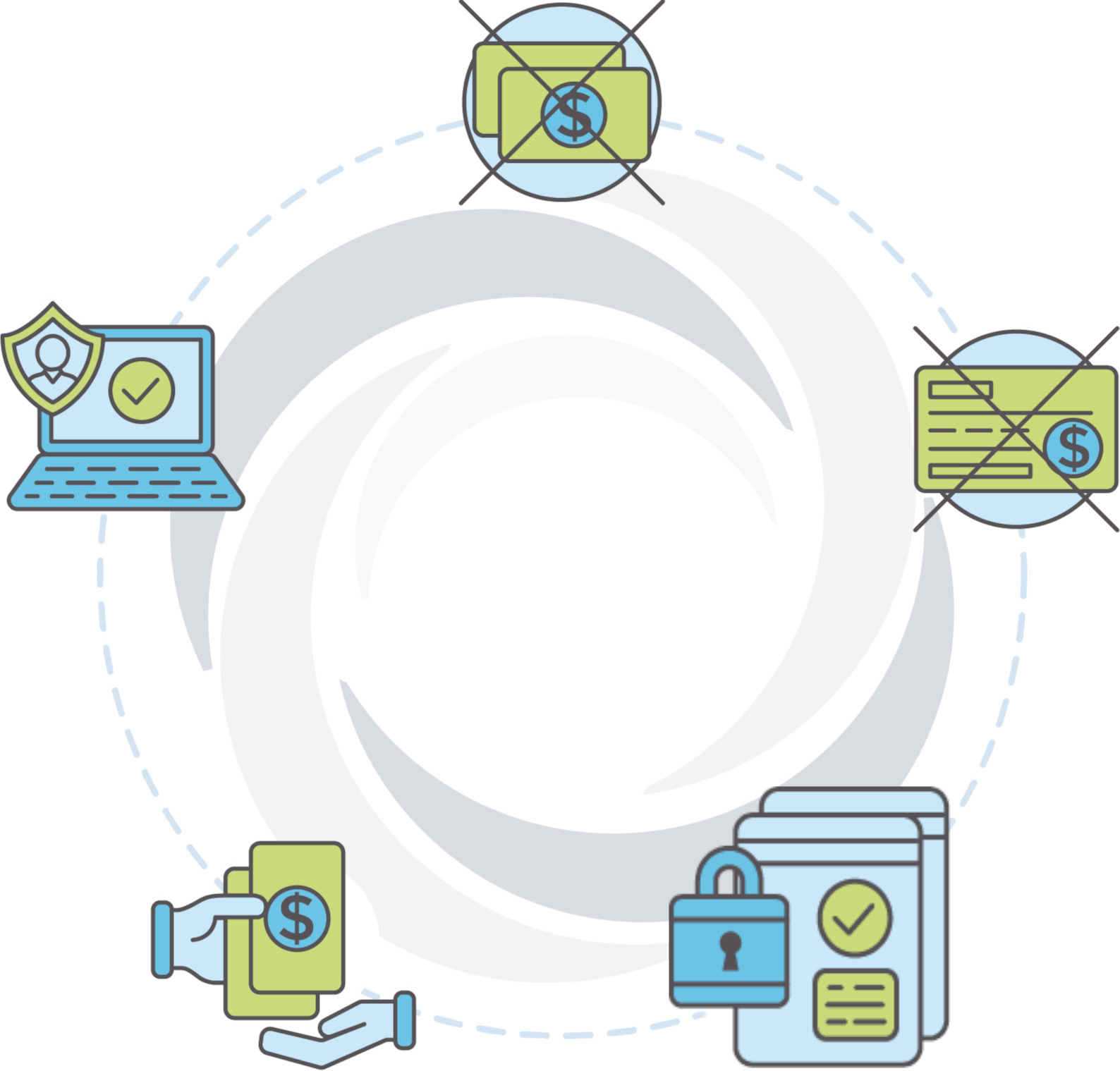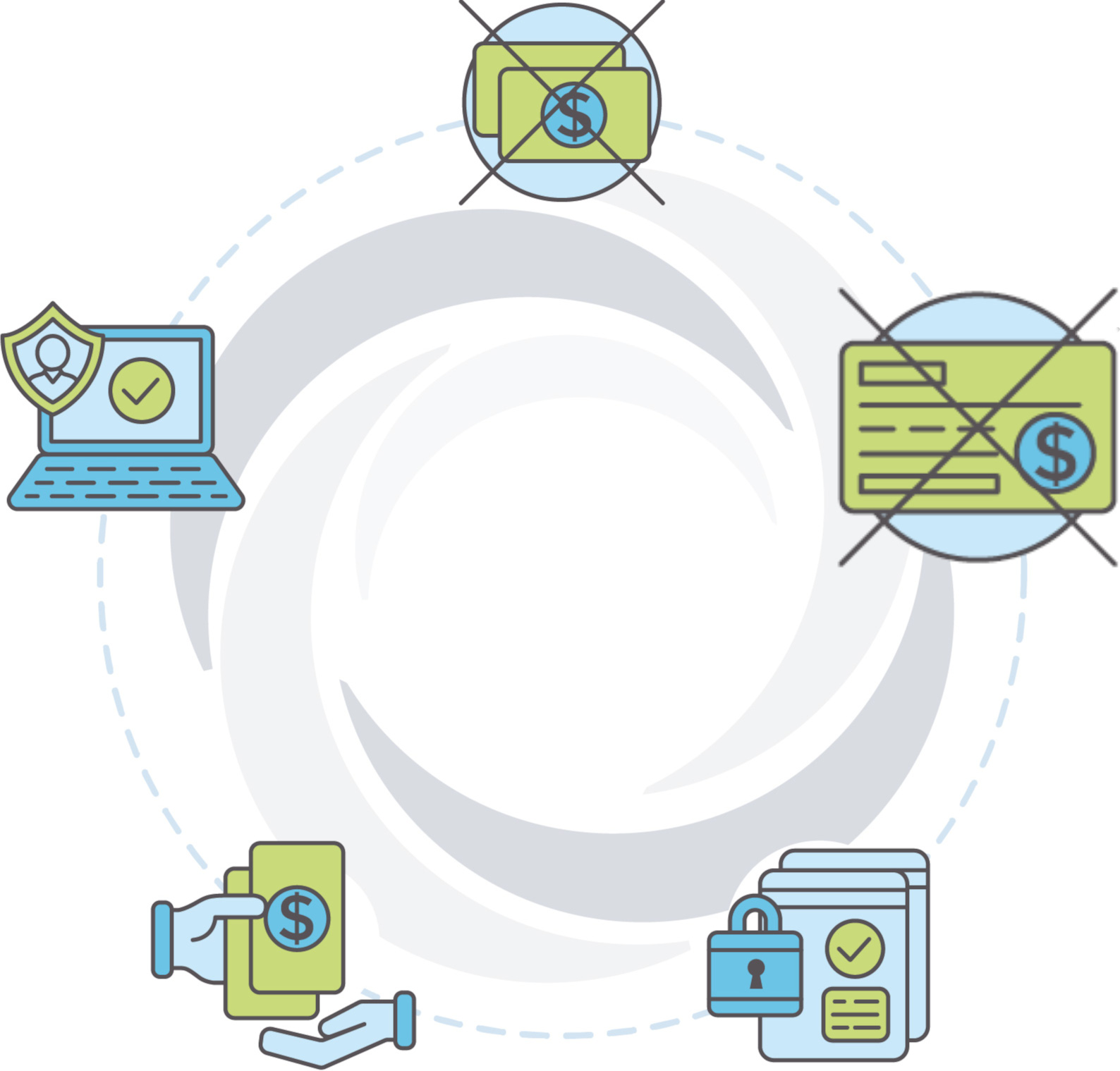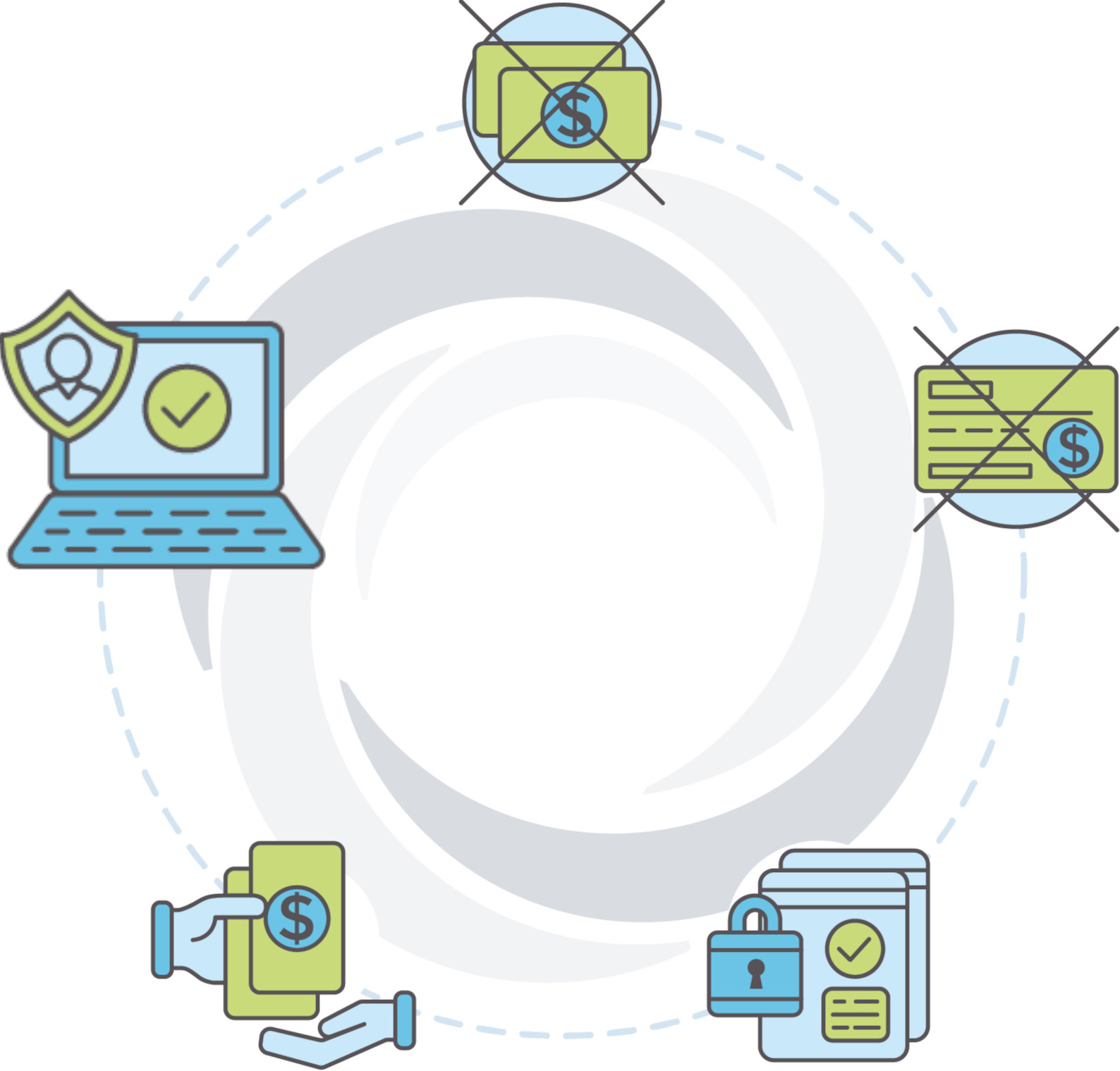After an automobile accident, collecting and preserving evidence is one of the first and most important tasks for a personal injury attorney. Eyewitness accounts, skid marks, and security camera footage are all commonly used to determine who may have been at fault in an accident. 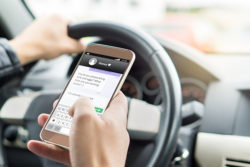 A valuable source of evidence is carried by virtually every driver – a cell phone. GPS tracking might help determine speed or might indicate where a driver was located before an accident – an important piece of information if alcohol may have been involved. Text and email records may indicate whether a driver was distracted prior to an accident. GPS data may also help prove a driver’s proximity to the accident scene in hit-and-run cases. Attorneys representing accident victims now routinely request cell phone data during discovery. Since texts, call records, and emails can be easily erased from a mobile device, discovery requests often extend to a party’s service provider. Such requests for cell phone evidence in court, while becoming more common, are not automatically granted.
A valuable source of evidence is carried by virtually every driver – a cell phone. GPS tracking might help determine speed or might indicate where a driver was located before an accident – an important piece of information if alcohol may have been involved. Text and email records may indicate whether a driver was distracted prior to an accident. GPS data may also help prove a driver’s proximity to the accident scene in hit-and-run cases. Attorneys representing accident victims now routinely request cell phone data during discovery. Since texts, call records, and emails can be easily erased from a mobile device, discovery requests often extend to a party’s service provider. Such requests for cell phone evidence in court, while becoming more common, are not automatically granted.
The use of cell phone evidence in court, and especially call or text records obtained from a user’s service provider, can raise significant privacy concerns. The Supreme Court considered the question in the context of a criminal case in its 2014 decision in Riley v. California . The court, in a unanimous decision, ruled that cell phone data could not be accessed without a warrant, even in a search incident to an arrest. Citing privacy concerns, the court reasoned that, unless the phone could be used as a weapon, the user’s privacy outweighed the officers’ need for the evidence that might exist within the phone. The Supreme Court considered the issue again last year in Carpenter v. United States , and once again confirmed cell phone users’ legitimate expectation of privacy when using mobile devices.
The Supreme Court’s decisions in criminal cases have influenced civil litigation involving a conflict between privacy concerns and the right of parties to discover relevant evidence. State courts have also wrestled with the issue with varied results. The Supreme Court of New York in 2017 ruled that cell phone record could be obtained through discovery in a civil action, but only if there was some evidence to show that the records might be relevant. Morano v. Slattery Skanska. The court decided that the plaintiff’s testimony that he observed the defendant with an object held to his ear prior to the accident constituted sufficient evidence to prove that the defendant’s cell phone records could be relevant. A similar decision in Connecticut (Martinez-Fernandez v. Feliciano, also emphasized that discovery of cell phone records would be permitted if there was some evidence to support the allegation that the defendant was using his phone at the time of the accident. In that case, a witness observed the defendant talking on his phone prior to the accident. Mere possession of a cell phone, however, may not be sufficient to convince a judge to allow discovery of cell phone records (See Page v. Napier).
In states in which use of cell phones while driving is prohibited, the use of cell phone evidence in court may support an argument for a negligence per se jury instruction. may support an argument for a negligence per se jury instruction. Even if negligence per se cannot be established, evidence that a driver was in violation of state laws against cell phone use will go a long way toward establishing liability for an accident, similar to evidence that a driver was speeding, or ran a red light. Discovery in accident cases can be lengthy and complex. We can help!
At USClaims, we offer pre-settlement funding, if a case is qualified for pre-settlement funding then we would purchase a portion of the proceeds of the anticipated court judgment or settlement for some cash now. USClaims only gets paid if a case is won or has reached a settlement! Apply now or call us today at 1-877-USCLAIMS to learn more.


